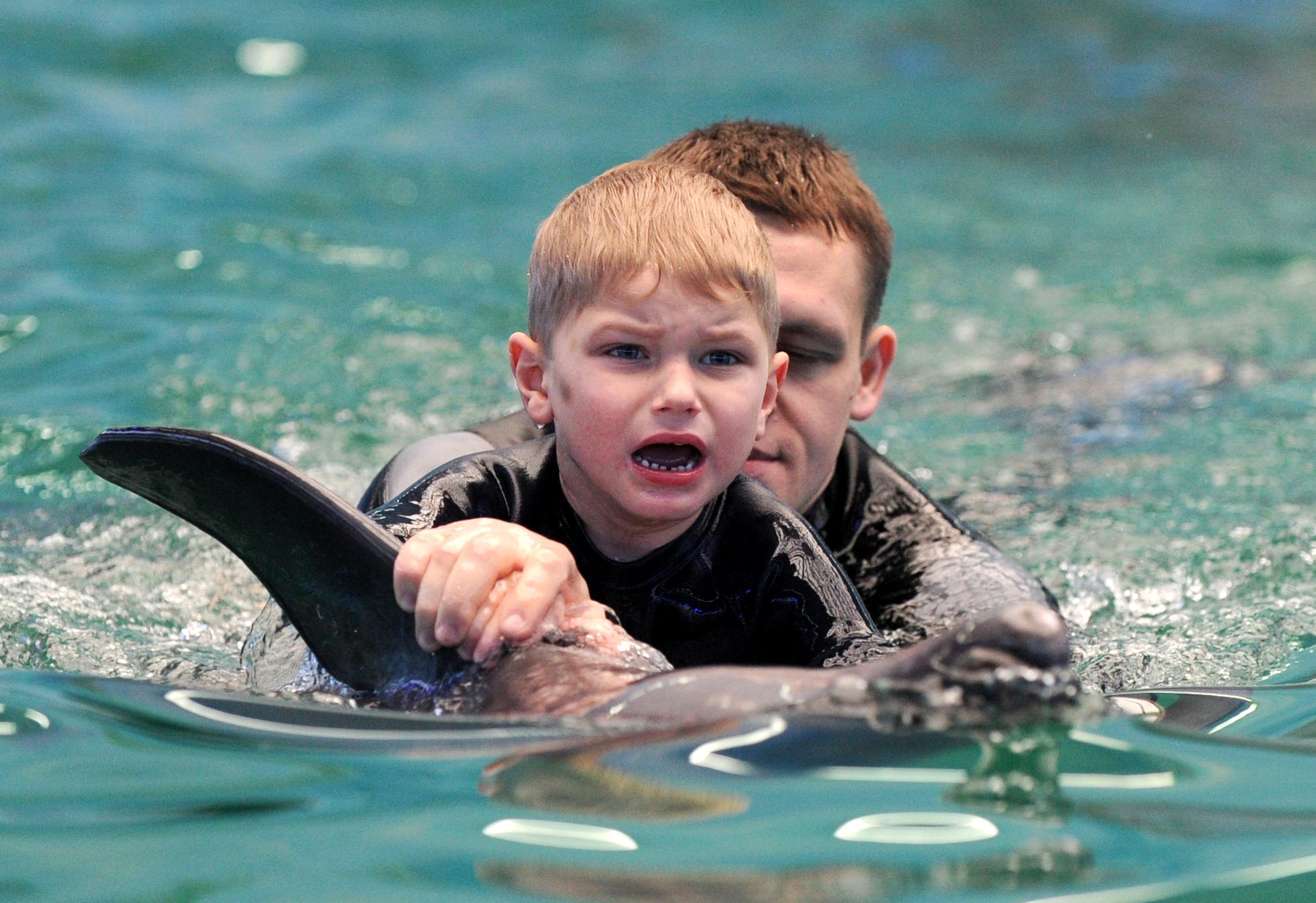According to the latest estimates from the CDC, as many as 1 in 50 kids in U.S. schools have autism. That’s a high number, even higher than last year’s estimate of one in 88 schoolchildren.
The statistic includes all disorders on the autism spectrum, including Asperger’s Syndrome. The study, which compared diagnoses in 2007 (at 1 in 86, according to their study) to those in 2011-’12, attributes “much” of the increase in prevalence to “diagnoses of children with previously unrecognized autism spectrum disorder.” Those diagnosed after 2008 were more likely to have a less severe form of autism, according to researchers. Increases in prevalence were statistically significant for all age groups, and for boys, but not for girls. Boys were four times more likely to have an autism disorder than girls were.
The study relied on parents to report diagnosis, severity, and the approximate date of diagnosis themselves, instead of relying on medical records. The latter, as the Associated Press explains, was the method used by last year’s study resulting in a 1 in 88 estimate for autism diagnosis, leading some to conclude that the current study is less reliable. In any case, the study’s authors are not really arguing that children are more frequently born autistic, only that children are receiving the diagnosis more often:
Together, these findings suggest that the increase in prevalence of parent-reported ASD may have resulted from improved ascertainment of ASD by doctors and other health care professionals in recent years, especially when the symptoms are mild. Changes in the ascertainment of ASD could occur because of changes in ASD awareness among parents or health care professionals, increased access to diagnostic services, changes in how screening tests or diagnostic criteria are used, or increased special education placements in the community.
Amy Harmon at the New York Times writes about autism. Last year, she analyzed the 1-in-88 statistic. Harmon explains a bit of the background on the growing, shifting population of those diagnosed with the disorder, and the debates surrounding its diagnosis now:
The diagnosis criteria for autism spectrum disorders were broadened in the 1990s to encompass not just the most severely affected children, who might be intellectually disabled, nonverbal or prone to self-injury, but those with widely varying symptoms and intellectual abilities who shared a fundamental difficulty with social interaction. As a result, the makeup of the autism population has shifted: only about a third of those identified by the C.D.C. as autistic [last year] had an intellectual disability, compared with about half a decade ago…
According to the C.D.C., what critics condemn as over-diagnosis is most likely the opposite. Twenty percent of the 8-year-olds the agency’s reviewers identified as having the traits of autism by reviewing their school and medical records had not received an actual diagnosis. The sharpest increases appeared among Hispanic and black children, who historically have been less likely to receive an autism diagnosis. In South Korea, a recent study found a prevalence rate of one in 38 children, and a study in England found autism at roughly the same rate—1 percent— as in children, implying that the condition had gone unidentified previously, rather than an actual increase in its incidence. Those numbers are, of course, dependent on the definition of autism—and the view of a diagnosis as desirable.
Read the full report here.
